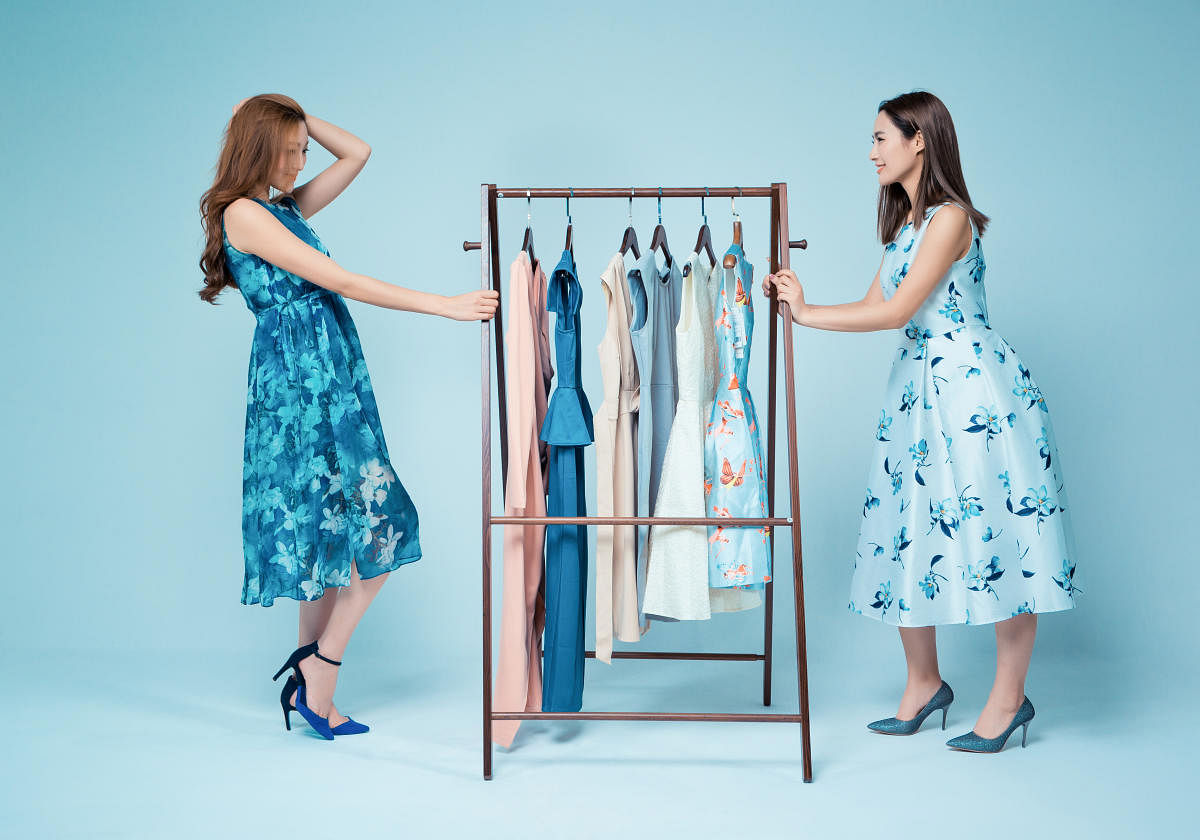
The Covid-19 outbreak has affected many sectors, and fashion is no exception. Having gone through many layers of changes, people are
navigating their personal style while keeping comfort in mind.
From around-the-house alternatives to vibrant colours, here’s everything you need to know about the current fashion scenario.
Conscious investment
The pandemic has resulted in a slight shift in consumer preferences when it comes to fashion.
It opened doors to new niche categories such as loungewear and co-ords, Nishit Garg, vice president and head of fashion at Flipkart tells Metrolife.
Companies are witnessing maximum purchases from customers in the 18 to 35 age group.
“Many consumers today are wary about the pieces they invest in and are more conscious about the choices they make,” he adds.
“Additionally, with large-scale festivities and nuptials being replaced with intimate and virtual weddings, we observed an increase in demand for affordable lehengas, saris and other ethnic wear,” he states.
Work from home fashion
Saurabh Srivastava, director and head of Amazon Fashion India, says that working from home has embraced comfort over style at a larger scale.
“The sales for formal and party appropriate clothes, shoes and accessories have seen a momentary dip. Travel essentials are no longer in demand,” he states.
Products such as women’s western wear, athleisure, comfort wear, fashion jewellery are popular among the Gen Z customer base, whereas, sportswear, ethnic, kids apparel, women’s shoes are more favoured by the millennial category, he mentions.
“We also observed an increased demand for maternity wear and newborn apparel,” he adds.
Dopamine dressing
While most trends are leaning towards comfort, ‘feel good’ clothing in vibrant hues like neons, bright solids, tie-and-dye styles, and cheerful prints have no less of traffic, says Adwaita Nayar, chief executive officer of Nykaa Fashion.
Jeans are also likely to remain a wardrobe staple, albeit in different avatars.
“Any product that can be styled in multiple ways and used on multiple occasions dominates the shopping carts,” she adds.
She also mentions that there is a clear inclination towards content that is
relatable and personalised, and consumers are gravitating towards platforms that are investing in making this a part of the shopping experience.